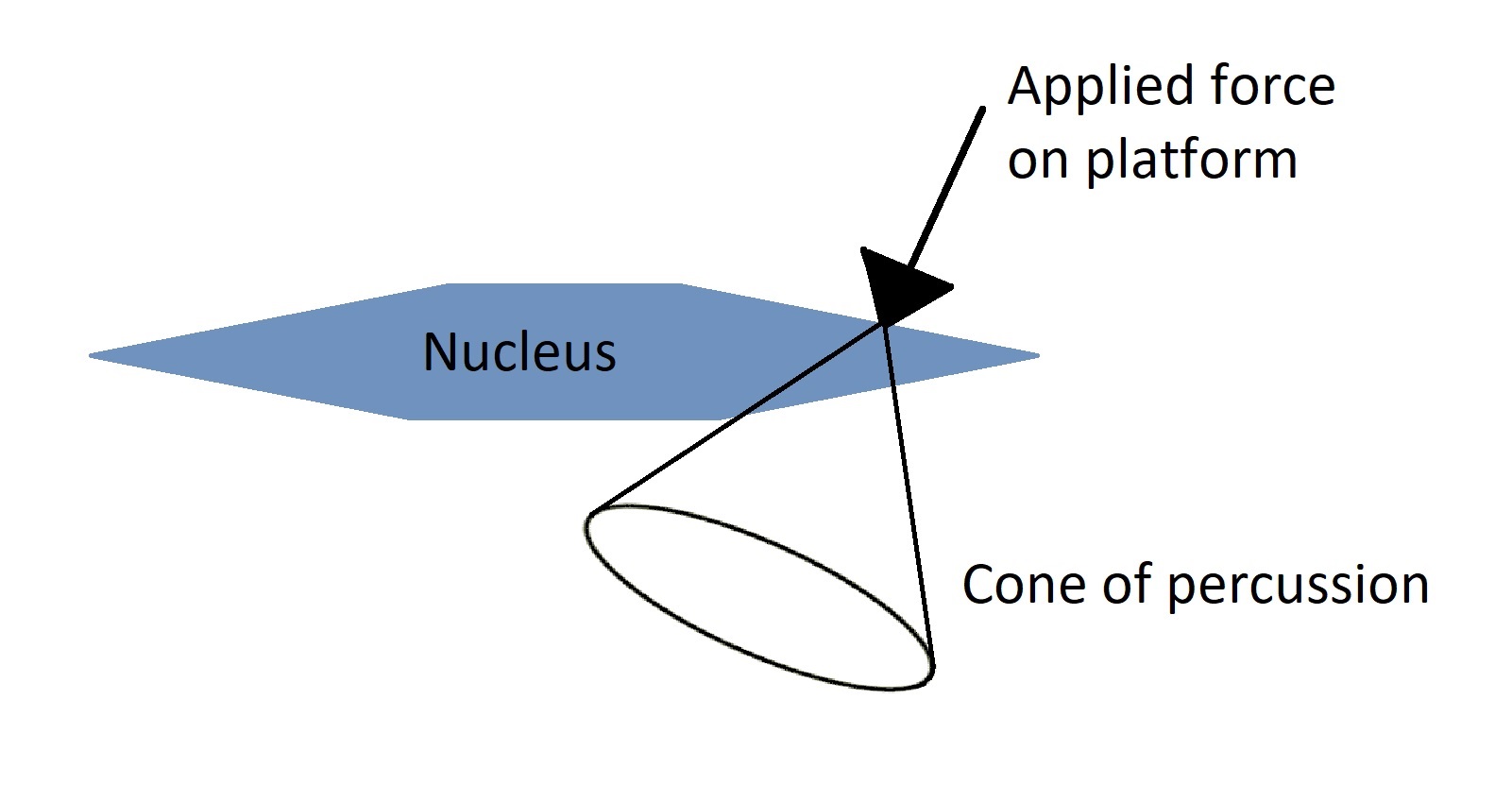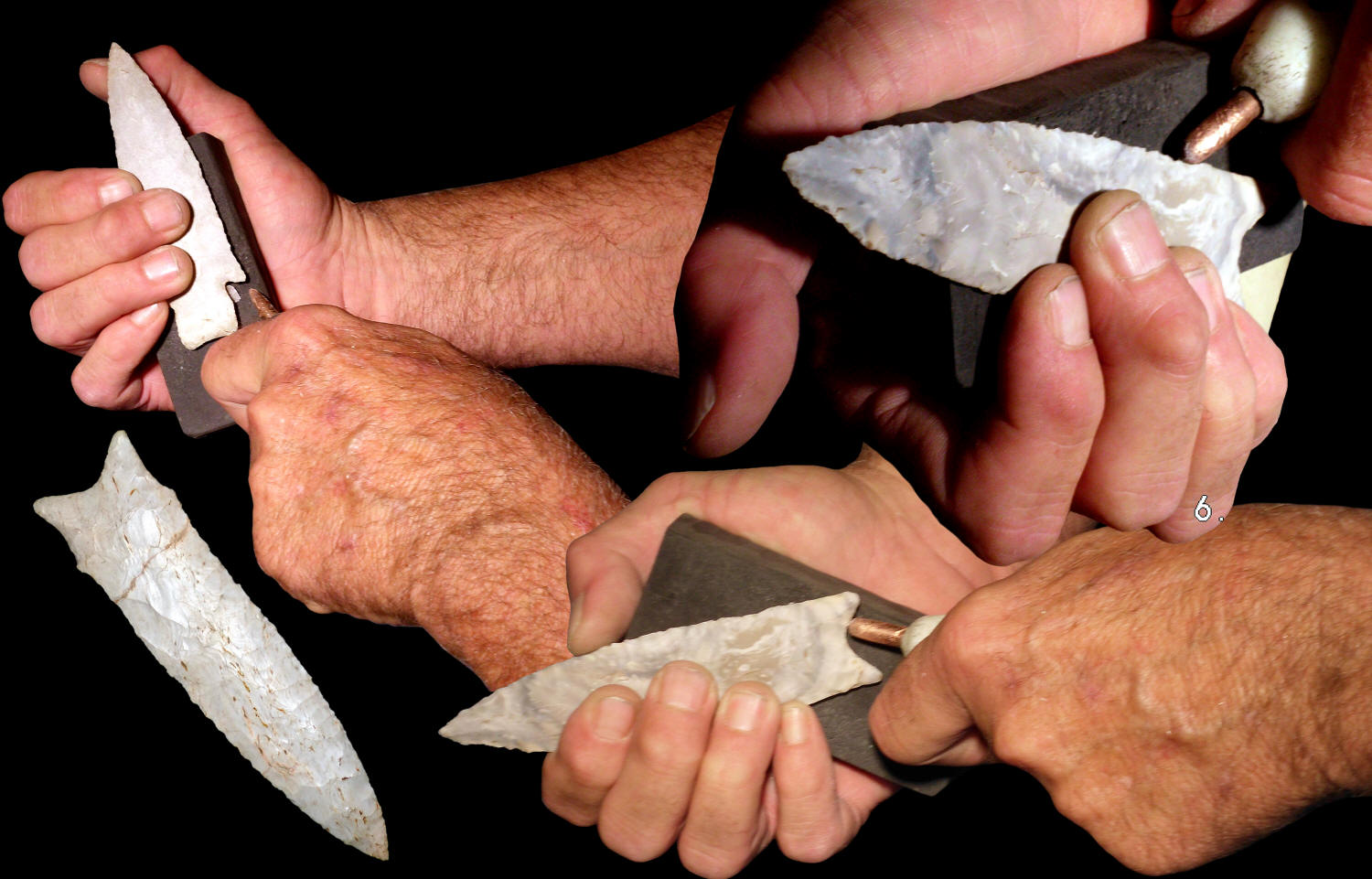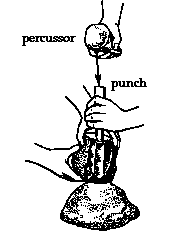Percussion flaking is a technique used to create stone tools by striking a piece of stone with another harder stone or bone in order to remove flakes, or thin pieces of the stone, from the surface. This technique was widely used in the past by human cultures around the world and is still used today in certain traditional contexts.
Percussion flaking has a long history, with evidence of its use dating back to the Lower Paleolithic period, around 2.6 million years ago. It was a popular method of tool-making among early human cultures because it was relatively simple and required only basic materials, such as a hammerstone and a core, or the piece of stone from which flakes were removed.
The process of percussion flaking begins with the selection of a suitable hammerstone and a core. The hammerstone should be made of a harder material than the core, such as quartz or flint, in order to effectively remove flakes. The core is then prepared by shaping and grinding it into the desired shape, such as a blade or a spear point.
Once the core is prepared, the flaker begins the process of removing flakes by striking the surface of the core with the hammerstone at a specific angle and with a specific amount of force. This causes the surface of the core to break and detach in the form of a flake. The flaker can then shape and sharpen the flake by removing additional flakes from the edges and points.
Percussion flaking was an important technique for the production of stone tools because it allowed early human cultures to create a wide variety of tools for different purposes, such as cutting, scraping, and hunting. It was also a key factor in the development of complex stone tool-making techniques, such as pressure flaking, which allowed for even finer control over the shape and size of the flakes.
Today, percussion flaking is still used by traditional cultures around the world, including indigenous groups in North and South America, Africa, and Asia. It is also used by modern flintknappers, or people who recreate stone tools using traditional techniques, for educational and recreational purposes.
In conclusion, percussion flaking is a technique that has played a significant role in the history of human tool-making and continues to be used in traditional contexts today. It is a simple yet effective method of creating stone tools that has allowed human cultures to survive and thrive throughout the ages.





.jpg/1200px-Flint-knapping_Demonstration_(27349458154).jpg)


